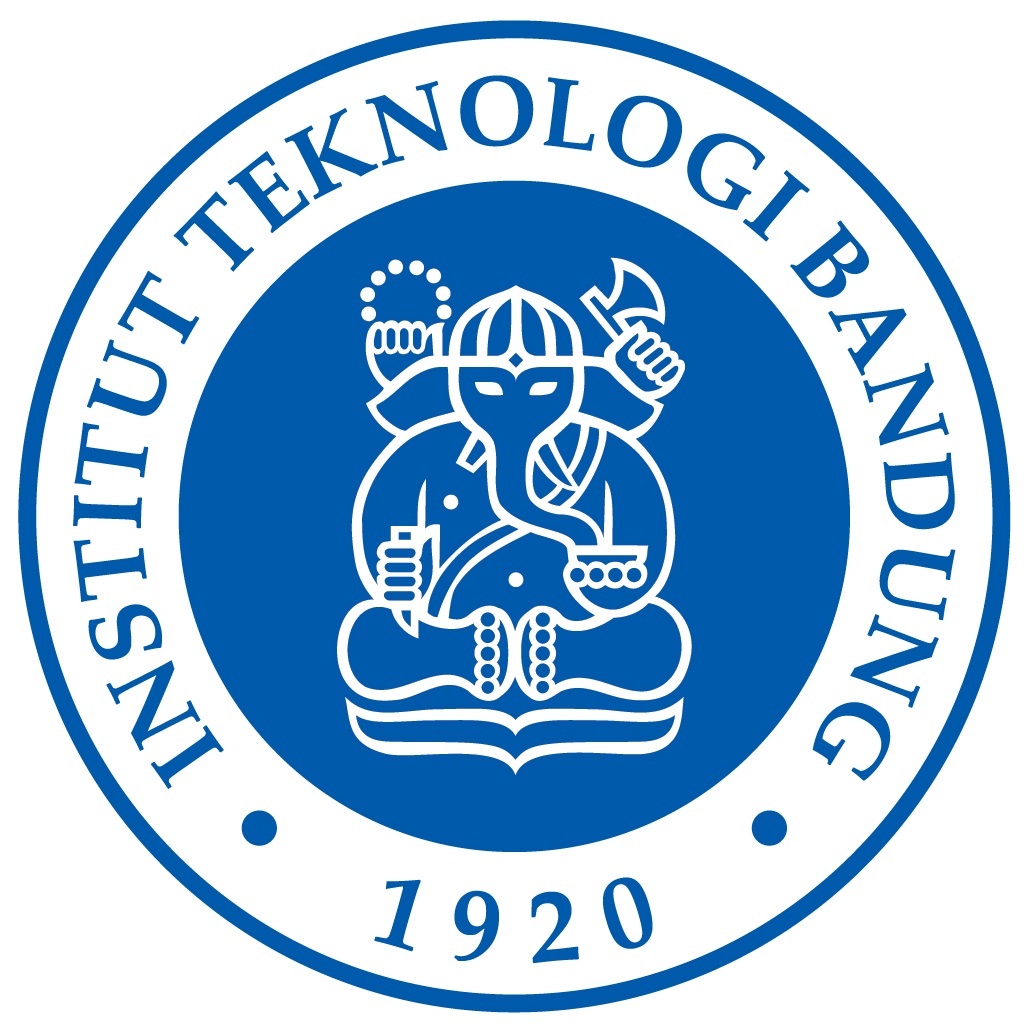

Sri Widiyantoro
In an earthquake cycle, the deformation process that occurs after the earthquake (or post-seismic), is the continued deformation after the earthquake. Post-seismic deformation analysis in this research will be carried out based on GNSS recording data in the period August 2018 to April 2021. The location of the GNSS network which is part of the GNSS network owned by the Bandung Institute of Technology. The data was processed using the inversion method in afterslip and forward modeling in viscoelastic relaxation, with the Maxwell rheological model used. Iterations are carried out on this strategy analysis until the minimum error value is obtained. Afterslip occurs months to years after an earthquake occurs. Meanwhile, viscoelastic relaxation can last from years to decades after an earthquake. Analysis of these two mechanisms will show the vertical and horizontal deformation. The results of the post-seismic deformation investigation are expected to describe the afterslip and viscoelastic relaxation mechanisms that occurred as a result of the Lombok earthquake. In this regard, there has been no previous research that has conducted a similar analysis for the 2018 Lombok incident. Moreover, this research will use ITB GNSS network data installed and observed by the ITB team.
Identifying fault zones in the 2018 Lombok earthquake. Knowing the post-earthquake rupture area through afterslip analysis in the case of the 2018 Lombok earthquake series. Knowing the rheological structure model in the case of the 2018 Lombok earthquake series. Evaluating the post-seismic deformation mechanism in the case. series of Lombok earthquakes in 2018.
Increase the number of publications by Indonesian researchers through interdisciplinary scientific collaboration with institutions such as ITB and other partners. This published paper will be indexed by Scopus, involving students and encouraging collaboration between these institutions, thereby enriching the educational process carried out by the research team. Advancing science and techniques for calculating deformation in tectonically active areas in Indonesia. Improve our understanding of deformation activity in various locations in Java that have the potential for earthquakes which includes detailed information about the characteristics of mapped active faults, including fault location and geometry, kinematics, seismic history, movement rates, and earthquake recurrence intervals. Demonstrating the scientific capabilities of Indonesian researchers in carrying out comprehensive analysis of deformation in tectonic areas, especially in Nusa Tenggara and the surrounding region. The results of this research effort aim to improve the status of Indonesian researchers' expertise to be on par with their colleagues in countries such as Japan or the United States.